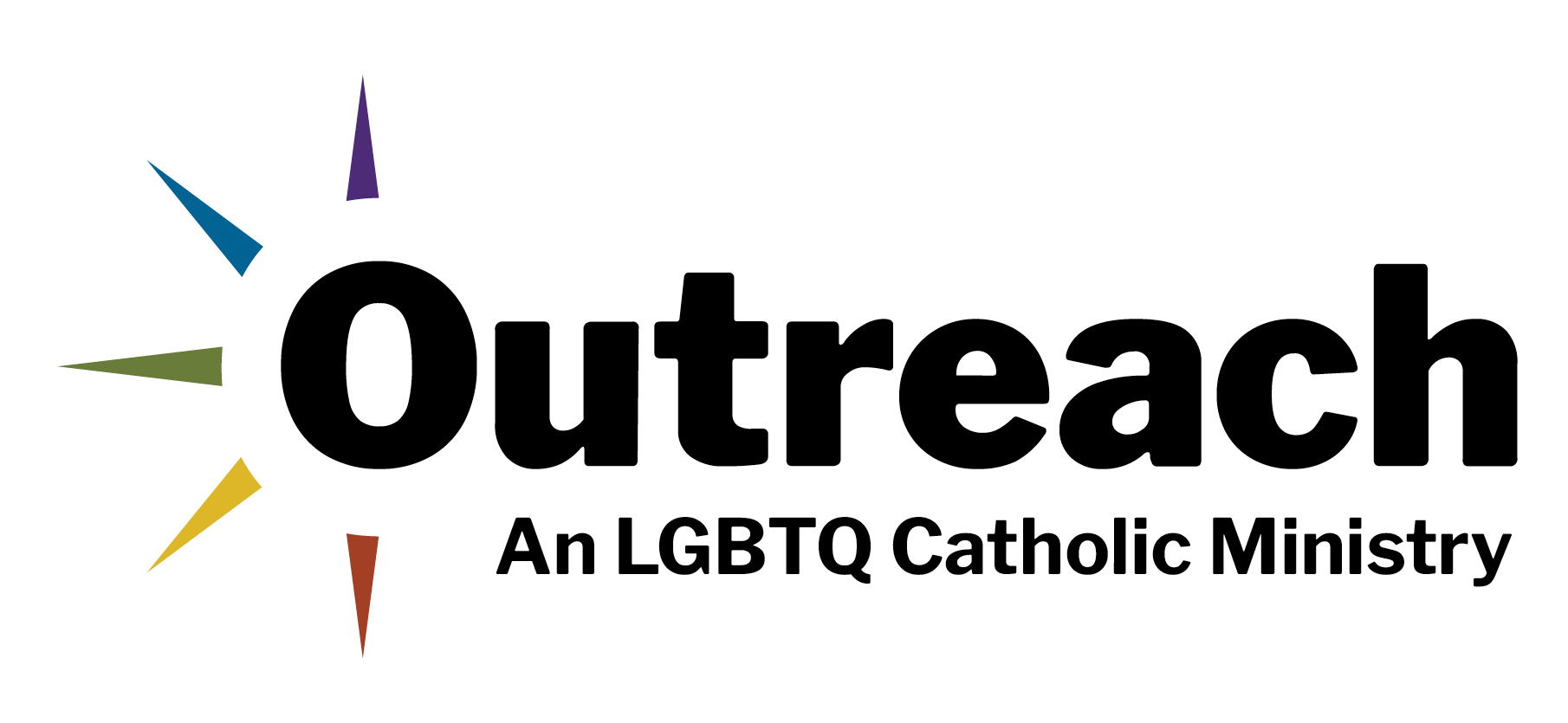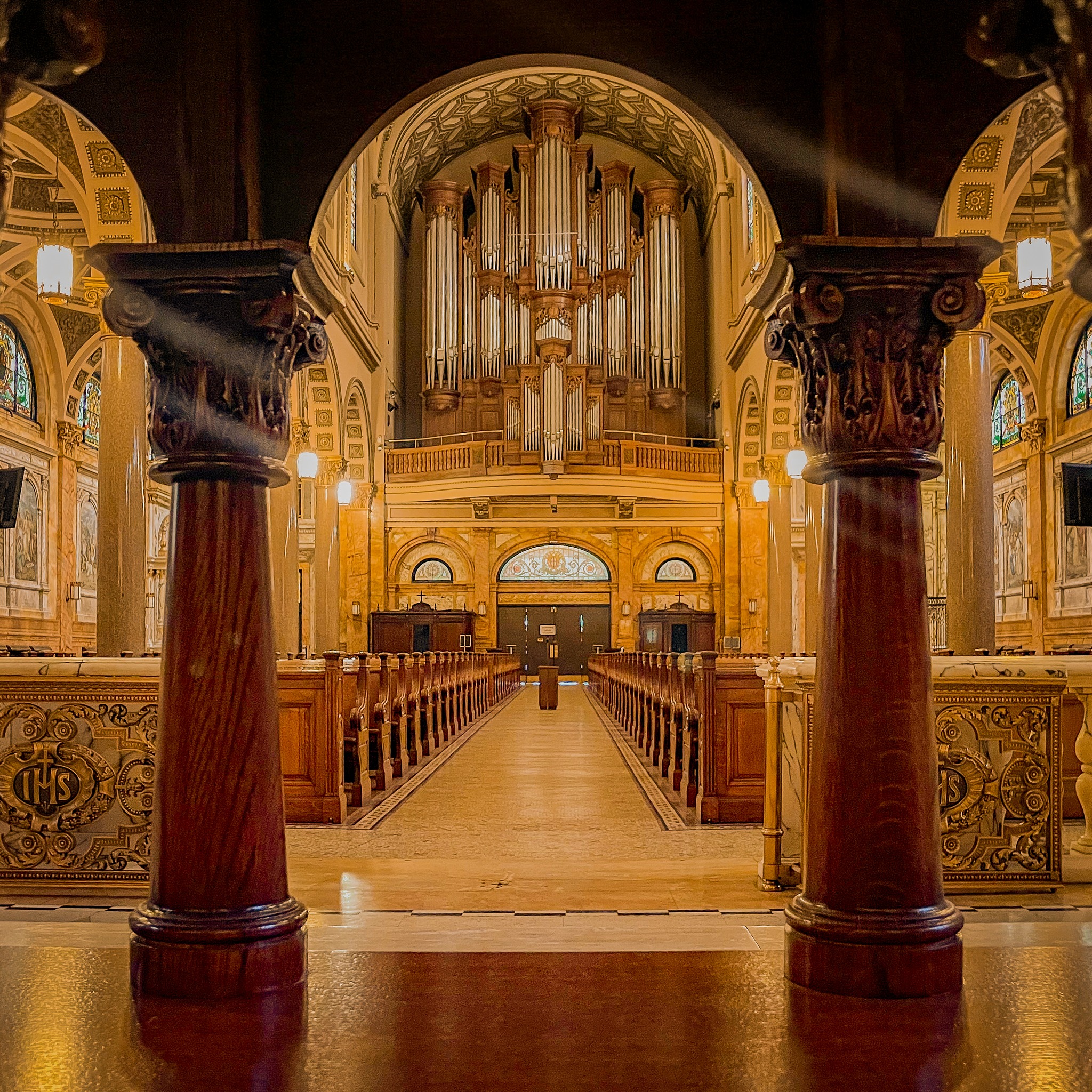Each year, at the beginning of June, we see rainbow flags unfurled at restaurants, retail outlets, college campuses and a host of public buildings. The flags represent Pride Month, which seeks to draw attention to, and support for, the LGBTQ community. We also see many churches of all denominations expressing “welcome” to LGBTQ people and proclaiming inclusiveness for all. For many of us, the welcome is encouraging, and it signals the beginning of a journey of adventure and coming home.
This journey, for me and my husband Michael, began at the Amalfi Cathedral, in Italy, during a 2017 summer trip. It was there that we both reflected on our past, having grown up as Catholics. We experienced a deep sense of separation from the church we knew, once belonged to and once loved. We had both left the church many years before and, aside from flirtations with Unitarianism and Universalism, we had no religious connection with any faith tradition.
We were both raised Catholic, but my memories of the Hungarian Church, dedicated to Saint Ladislaus, were mixed indeed. I loved the processions around the church at Christmas, the blessing of the food at Easter, the choir, the songs and the rich ethnic heritage that permeated my neighborhood in New Brunswick, N.J. These experiences were offset, though, by traditional priests who focused their homilies on obedience to church doctrine and the condemnation of any sexual expression outside of heterosexual marriage.
As I grew older and realized I was a homosexual, I learned that the prevailing thinking was that I was mentally ill, beset with sexual perversion and destined to life of loneliness, illness and possibly illegal relationships. I confessed being gay a few times in my youth; I was told in the confessional that my sexuality was not real and that I would marry and have children. One time, a priest demanded to know the identity of the man with whom I had been intimate.
Our yearning for a connection to the church grew stronger, but it remained buried under the sorrows of the past.
Thankfully, the retreat master at a weekend-long men’s spirituality retreat told me I no longer should confess being gay, as it was my natural self. His words were welcome, but I had little desire to remain Catholic by then.
I married my college girlfriend after grad school and we had a wonderful daughter. We raised her Catholic, and after her confirmation, I felt my responsibility was realized. I had by then left the church. Although my wife had been aware of my sexuality since our college days, we eventually separate in 1998 and divorced four years later. Our friendship, however, survived.
As my husband and I traveled on to the cathedrals of Assisi, Orvieto, Florence and Venice, including a stop at Saint Peter’s Basilica, our yearning for a connection to the church grew stronger, but it remained buried under the sorrows of the past.
While in Italy, I posted daily pictures on Facebook. On my last day there, I noticed a post from a member from the Church of Saint Francis Xavier, a Jesuit parish in New York, thanking James Martin, S.J., for a talk on his book Building a Bridge. I read the post and was shocked to learn that the church of my birth was actually engaged in a process to welcome me back.
That’s how we found the Church of Saint Ignatius Loyola, another Jesuit parish further uptown. The day after we returned from our trip, we attended the Sunday morning Solemn Mass. Aside from the grandeur of the architecture, the beauty of the music and the inspiring homily, we were struck by the hospitality minister who walked down the aisle welcoming the faithful to Communion, each time motioning with a wave and a word: “Come.” We smiled at her and each other, so moved by that simple action.
It was that summer when Dennis J. Yesalonia, S.J., wrote the parishioners of our church advising them that a new LGBTQ ministry was to be established. So we joined.
Having read Building a Bridge, I immediately became fascinated by the idea of Ignatian spirituality and enrolled in an Ignatian spiritual retreat. The retreat introduced me to the church’s liturgical calendar in an amazing way, reflecting and meditating on Scripture passages in an experiential manner. The high point each week was the time spent with my new spiritual director, Michael Hilbert, S.J., who taught me to pray in a personal way for the first time.
The journey continued with monthly meetings, weekly Masses, retreats, a scavenger hunt in Central Park and a series of programs and lectures sponsored by the parish’s LGBTQ ministry. In 2019, I was asked to assemble a team to welcome new parishioners to St. Ignatius. This team became a full-fledged parish ministry.
I also felt a strong sense of liberation from the bishops, priests and other religious leaders who condemned the “homosexual lifestyle” and demanded adherence to a narrow (and largely unattainable) ideal of human sexuality. These voices had long been sources of anger and frustration for me. Even when I thought of returning to the church, these voices would keep me at arm’s length.
Eventually, I learned to listen to voice of Pope Francis, who has stressed love and acceptance. When did I really feel I belonged? Father Yesalonia met with our LGBTQ ministry early on, and made it clear we were to “be an integral part of the parish community.” He stressed the need to open our programs, lectures and retreats to the entire parish. It was a terrific bit of advice, and I truly believe that spirit lead me to feel I belonged.
I felt seen as a gay man and as an integral part of the entire parish.
The fact that LGBTQ parishioners were encouraged to create a ministry began to make us feel welcomed. But the true sense of belonging came after I saw so many parishioners attending our events, lectures and activities. The participation was in both directions. The sense of community was strong because I felt seen as a gay man and as an integral part of the entire parish. Finally, I believed in, and supported, the our ministry’s mission of creating a spiritual home for all.
I would urge anyone willing to accept the welcome of a parish community to return to the church. Find a parish community that not only welcomes you, but encourages involvement in every facet of church life. Attending Sunday Mass is only the beginning.
I suggest giving one’s talents and engaging in any and all church activities that give you enjoyment and purpose. Integration into the church community by understanding its mission and goals becomes part of one’s personal mission as well. Living my life authentically at Saint Ignatius is a blessing.




